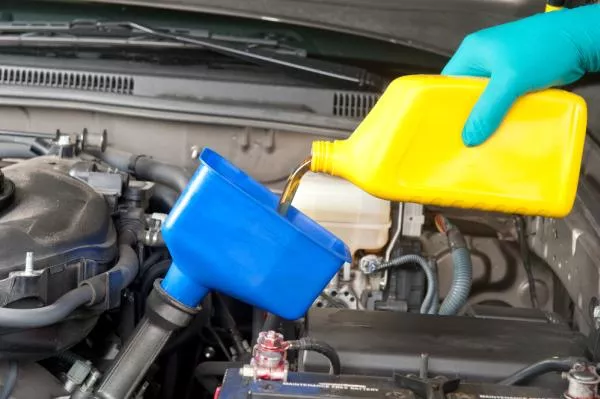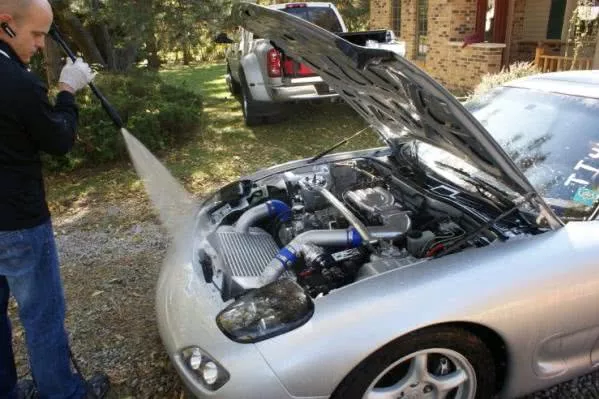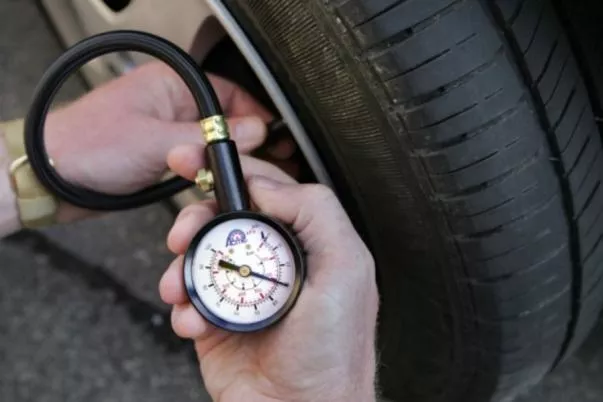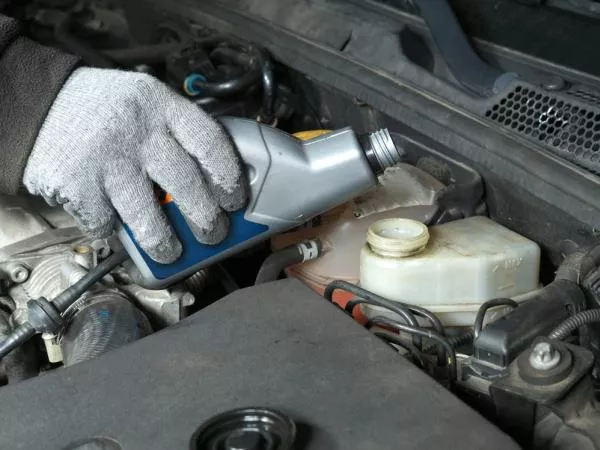Many people take the issue of car maintenance very seriously, to the point of willing to pay a lot of money and effort to take care of their cars. However, if done incorrectly, car maintenance can sometimes prove more harmful than good. Below are 5 commonly made mistakes in car maintenance, we hope you will not repeat them after reading our article and also, know how to rectify them.
1. Getting an oil change every 5,000 km
Although many oil companies and auto repair shops often recommend that your car needs an oil change after every 5,000 km for improved performance, this is often not necessary. In fact, this rule only applies to newly purchased vehicles because in the beginning, the car needs more lubrication to properly warm up and operate its many components. After the car has been running smoothly, changing the oil too often becomes unnecessary and costly for the owner.
>>> Click here to see 4 factors to consider to choose the right engine oil

Regular oil changes should only be applied to vehicles running under severe conditions
Manufacturers often recommend changing oil every 5,000 km of driving in “severe” driving schedules, such as ones that involve lots of stop-and-go, heavy lifting, complicated terrain or dusty road conditions.
2. Washing the car’s engine
Some car owners like to use high-pressure nozzles to rinse every corner of the engine compartment when giving their cars a traditional hand wash. This practice can be detrimental to your car’s engine because its electrical connectors and auxiliary equipment might be damaged if the water breaks through the weather seal. So if the engine gets dirty, instead of giving it a shower, you’d better wipe it gently with a soft towel.
>>> 10 easy steps guide to wash your car at home. Check it out.

Never wash your car with detergent or dishwashing liquid
In addition, the habit of using regular soap, dishwashing liquid or laundry detergent to wash the car is another mistake in car maintenance. These detergents can peel off the wax on your car paint. If you often use a detergent to wash your car, get rid of this habit and replace it with a specialized car wash solution made to ensure the durability of the car paint.
3. Inflating the tires to the maximum PSI
The PSI (pound per square inch) listed on the tire’s sidewall is the maximum pressure that the tire can bear, not the ideal pressure that the tire manufacturer recommends to achieve the optimal balance of braking performance, braking control, fuel efficiency and quietness. Therefore, car owners should not pump the car to the PSI level.
>>> Click to find out 4 useful tips for preserving car tires in the summer
Check the tire pressure every month when the tires have cooled down or after a few hours of parking and inflate your tires at a reasonable pressure. Often you’ll be able to find this recommended pressure level in your owner’s manual.

You should not pump up your tires to maximum PSI level
4. Refilling the brake fluid
Reduced brake fluid level is a possible sign of worn brake pads. In this case, filling the brake fluid does not solve the problem. Instead, you should bring the car to an auto service center immediately to ensure that the braking system operates smoothly. It is a good idea to have the brakes inspected every 10,000 km.

Adding brake fluid will not solve problems such as worn brake components
5. Using premium grade gasoline
Most cars run well when using standard grade gasoline (octane level: 87). Using high-grade gasoline is not harmful yet does not necessarily make the car run better either. A higher octane rating simply means that the gasoline is less likely to become a fire hazard. Premium fuel is therefore recommended for higher compression motors that generate more heat than usual. Therefore, it is important to consider what kind of vehicle you are using to avoid unnecessary fuel costs.
>>> Click here to get more useful tips and advice for car owners










